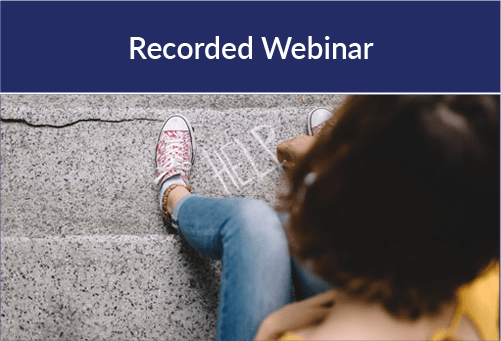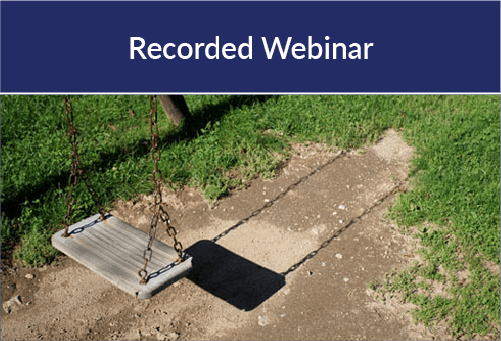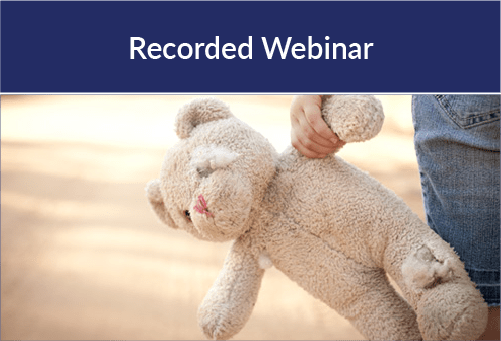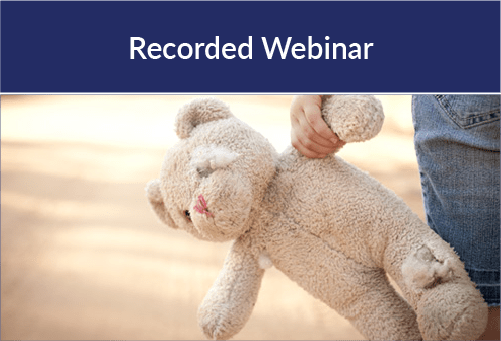


What do we really know about the dynamics of commercial sexual exploitation of children (CSEC) when a caregiver or family member is directly selling sex with their child for profit? This webinar will explore the commonalities found in victims of family-facilitated CSEC compared to third-party CSEC. The presenter will delve into the identity and modus operandi of familial traffickers, and examine the challenges of family-facilitated CSEC victim identification and long-term outcomes.

Abductions involving family members may be one of two scenarios; a family member abducts the child, or the family member is involved in the death of the child and then falsely reports the child as missing. Compare and contrast specific characteristics of different types of family member involved child abductions. Identify crucial initial steps in a Family Member Abduction which can aid in quick recovery of the child. Delve into the False Report of Child Abduction by a family member. Identifying patterns and response recommendations to assist in discerning a false report, then the investigative steps to thoroughly investigate family members and either focus investigative efforts upon them or eliminate them quickly. Examine several case studies of false reports and identify risk factors that indicate possible false reports.

Discuss the various dynamics of asphyxiation abuse in children and identify commonly missed opportunities for evidence-gathering. Attendees will be taught the basics of anatomy, discuss the various forms of asphyxiation and highlight the signs and symptoms that may be present after this type of attack. All members of the multidisciplinary team including law enforcement, CPS, forensic interviewers, medical providers and prosecutors will learn the tools to assess and interview children who have been asphyxiated. With proper training and protocol, practitioners have started to better identify this often missed and sometimes lethal crime, finally giving this crime and the victims a voice.

Discuss the various dynamics of asphyxiation abuse in children and identify commonly missed opportunities for evidence-gathering. Attendees will be taught the basics of anatomy, discuss the various forms of asphyxiation and highlight the signs and symptoms that may be present after this type of attack. All members of the multidisciplinary team including law enforcement, CPS, forensic interviewers, medical providers and prosecutors will learn the tools to assess and interview children who have been asphyxiated. With proper training and protocol, practitioners have started to better identify this often missed and sometimes lethal crime, finally giving this crime and the victims a voice.

Today when a child or adult goes missing, there are many digital avenues of follow-up that are necessary in a timely recovery. During this webinar, we will address follow-up items that are often time sensitive and crucial if the case becomes a long-term investigation. Learn how to follow-up on Internet activity, social media accounts, device usage, application data, important “usage” on cell phones or tablets and more.

This is an advanced course. Please make sure you meet the prerequisites before registering. Develop the skills and techniques to conduct developmentally appropriate forensic interviews with victims of child sex trafficking. Learn the differences between interviewing children in child abuse cases and interviewing child sex trafficking victims. Review victim-centered interview methodology with special emphasis given to understanding the factors contributing to child sex trafficking victimization and the impact on development and effects of trauma. Learn to gather information regarding the use of technology in the child sex trafficking business model and the multitude of crimes that traffickers commit, including the use of child sexual abuse material (CSAM).

Learn the importance of preparations as it relates to location, timing, observers and choosing the interviewer. Students will be able to list content that will be valuable to discuss during a team meeting prior to the forensic interview. Dynamics for the alleged victim when scheduling the interview will be considered and documentation methods will be examined.

It is a known fact that our Native communities suffer from high rates of fatherlessness. One of the contributing factors to fatherlessness is addiction. In this presentation, we will discuss strategies for working with fathers who suffer from addiction and how fatherhood programming can provide support in their journey to recovery.

The crucial role of law enforcement in preparing for the use of evidence by forensic interviewers during a forensic interview will be examined. Good preparation is essential to make the process go smoothly and maximizes positive outcomes for both the victim and the investigation.

How to present evidence to children during a child forensic interview done in both a legal and ethical way will be examined. Learn the process of presenting evidence from the point of view of being able to defend the practice.
